Social Media Image Sizes Guide (2025 Update)
Get the complete 2025 guide to social media image sizes. Learn the correct dimensions for each platform to keep your images sharp and optimized.
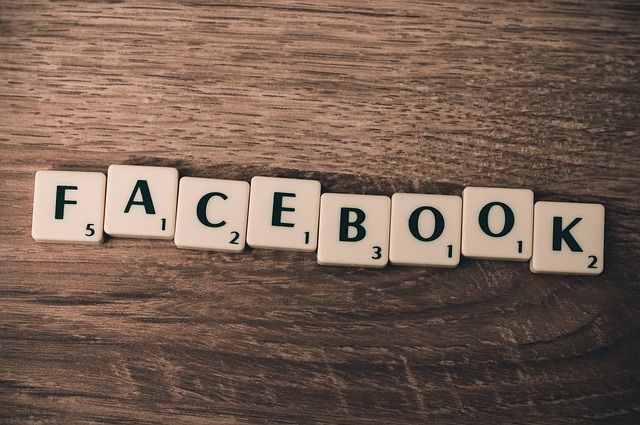
Facebook, with over 2.96 billion monthly active users as of 2024, remains a critical platform for brands and businesses to engage a wide audience. Its tools are used by over 200 million businesses, and getting the right image sizes is key to making a strong visual impression.
For your profile picture, Facebook recommends an image size of 2048 x 2048 pixels. It displays as 170 x 170 pixels on desktop and 128 x 128 pixels on smartphones. The aspect ratio should be 1:1.
Your cover photo should be 851 x 315 pixels. However, it displays slightly smaller depending on the device—820 x 312 pixels on desktop and 640 x 360 pixels on mobile. The minimum size you can upload is 400 x 150 pixels, and keeping the file size under 100KB ensures faster loading.
For event cover photos, use 1200 x 628 pixels (approximately 2:1 aspect ratio), although 1920 x 1005 pixels is another option for higher resolution.
When uploading a group cover photo, choose between two recommended sizes: 1640 x 922 pixels (1.78:1 aspect ratio) or 1640 x 856 pixels (1.91:1 aspect ratio).
For post images, whether landscape, portrait, or square, the standard is 1080 pixels wide. Landscape images should be 1080 x 566 pixels, while portrait images should be 1080 x 1350 pixels, and square images should be 1080 x 1080 pixels. Facebook supports aspect ratios from 1.91:1 to 4:5.
For stories and reels, the recommended size is 1080 x 1920 pixels (9:16 aspect ratio). Ensure your images are at least 500 pixels wide to maintain quality across different devices.
When creating Facebook ads, the specifications vary based on ad type:
- Facebook Feed Ads: At least 1080 x 1080 pixels with aspect ratios between 1.91:1 and 1:1. The minimum size is 600 x 600 pixels, and file sizes should not exceed 30MB.
- Right Column Ads (desktop only): The minimum size is 254 x 133 pixels, but 1200 x 1200 pixels is recommended for optimal display.
- Marketplace Ads: Use 1080 x 1080 pixels (1:1 ratio) and keep the file size below 30MB.
- Stories Ads: The required resolution is 1080 x 1920 pixels (9:16 aspect ratio), with a minimum width of 500 pixels.
X (Twitter)
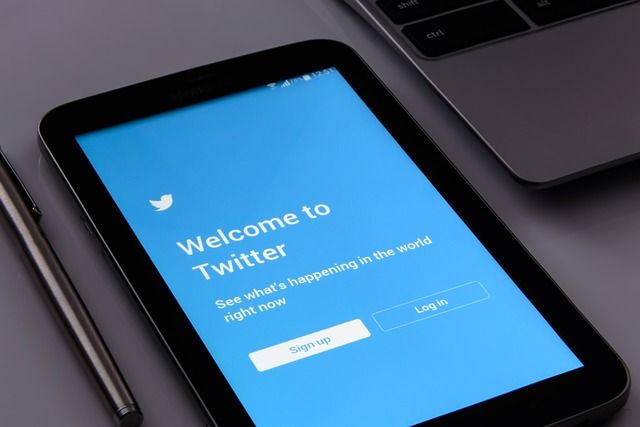
Twitter continues to be a platform for real-time updates, with around 440 million monthly active users as of 2024. Most of its user base falls within the 18-29 age range, and it's widely used for sharing news, trends, and discussions across the globe.
For your profile picture, aim for an image that's 400 x 400 pixels, though the minimum accepted size is 200 x 200 pixels. It should maintain a square (1:1) aspect ratio, and the file should not exceed 2MB. Twitter supports JPEG, GIF, and PNG formats.
Your header image needs to be 1500 x 500 pixels, with an aspect ratio of 3:1. Keep in mind that up to 60 pixels might be cropped from the top and bottom, depending on the device your audience uses.
When sharing in-stream images, the recommended size for landscape images is 1200 x 675 pixels (16:9 aspect ratio), while square images should be 1080 x 1080 pixels. Vertical images work best at 675 x 1200 pixels (9:16 aspect ratio) or 1080 x 1350 pixels (4:5 aspect ratio). The minimum accepted size is 600 x 335 pixels. For mobile, the supported aspect ratios are 2:1, 3:4, and 16:9. The maximum file size is 5MB on mobile and 15MB on desktop.
For images in tweets, a single image can have any aspect ratio between 2:1 and 1:1 on desktop. When you include multiple images in a tweet, they'll display in different ways depending on the number of images. Two images will appear side-by-side with a 7:8 aspect ratio, while four images will be arranged in a 2x2 grid, each with a 2:1 aspect ratio.
If you're using Twitter cards or ads, the recommended size for a summary card with a large image is 1200 x 628 pixels. Image ads should follow either the 1:1 aspect ratio (1200 x 1200 pixels) or 1.91:1 aspect ratio (1200 x 628 pixels). Keep file sizes under 5MB, and stick to PNG or JPEG formats, as GIFs will render as static images.
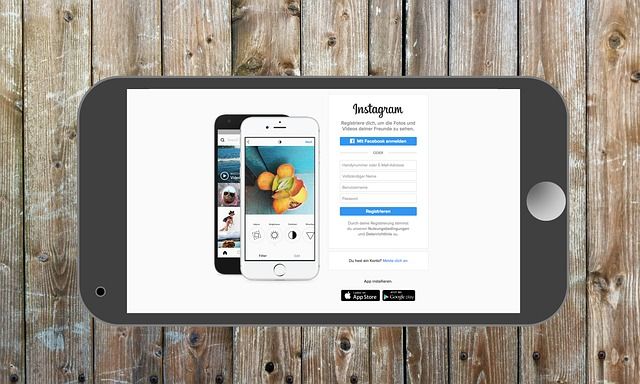
Instagram, with over 2 billion active users as of 2023, remains a vital platform for visual content. Most of its user base falls between the ages of 18 and 34, with 31.5% aged 18-24 and 30.6% aged 25-34. Slightly more than half of the users are female (51.3%), and the platform sees its highest usage in the United States, India, and Brazil. On average, users spend 53 minutes per day on the app, engaging heavily with Stories and Reels. Over 200 million businesses utilize Instagram to reach younger demographics and leverage its visual marketing potential.
For your profile photo, the ideal size is 320 x 320 pixels, displayed as a 110 x 110 pixel circle. Feed posts can be square, landscape, or portrait. Square posts should be 1080 x 1080 pixels with a 1:1 aspect ratio, while landscape posts need to be 1080 x 566 pixels with a 1.91:1 aspect ratio. For portrait posts, the recommended size is 1080 x 1350 pixels, following a 4:5 aspect ratio.
Instagram Stories and Reels are best displayed at 1080 x 1920 pixels, using a 9:16 aspect ratio. When creating carousel posts, portrait images should be 1080 x 1350 pixels, square images should be 1080 x 1080 pixels, and landscape images should be 1080 x 608 pixels, depending on the content format.
For IGTV cover photos, the ideal size is 420 x 654 pixels, with an aspect ratio of 1:1.55. Instagram preserves the resolution of images between 320 and 1080 pixels wide, but if your images fall outside these dimensions, they may be cropped or resized. Following these guidelines ensures your content looks sharp and professional across all of Instagram's formats.
TikTok
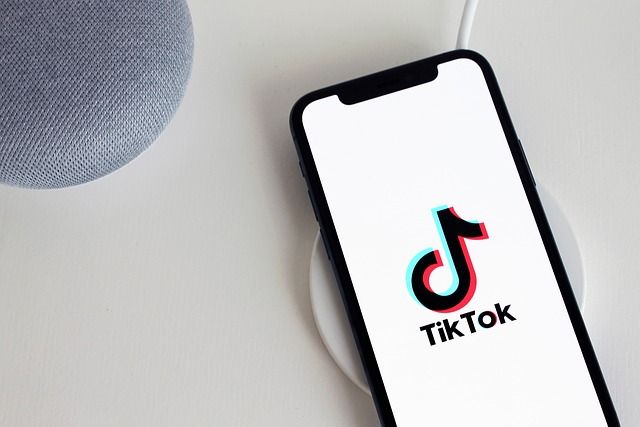
TikTok, with over a billion active users as of 2024, continues to be one of the fastest-growing social media platforms, especially popular among younger audiences. Approximately 50% of its user base is between the ages of 16 and 24, with a fairly balanced gender distribution. Users spend an average of 52 minutes per day on the platform, making it a highly engaging space for creative content. With influential audiences across Asia, the Americas, and Europe, TikTok has cemented its global influence.
For your profile picture, the recommended size is 200 x 200 pixels, maintaining a 1:1 aspect ratio. JPG or PNG formats are supported, ensuring a clear, high-quality image. When creating in-feed videos or photos, TikTok prefers dimensions of 1080 x 1920 pixels with a 9:16 aspect ratio, perfectly suited for mobile viewing. Videos should be in MP4 or MOV format, while photos can be uploaded as JPG or PNG.
TikTok Stories and video thumbnails also follow the 1080 x 1920 pixels size and 9:16 aspect ratio, mirroring in-feed content to maintain consistency across the platform. To avoid issues like cropping or black bars, sticking to this aspect ratio ensures your content appears correctly on users' screens.
For video uploads, keep file sizes below 287.6MB for iOS and 72MB for Android, with a maximum video length of 10 minutes. Following these recommendations will increase your chances of being featured on the "For You" page, maximizing engagement and visibility.
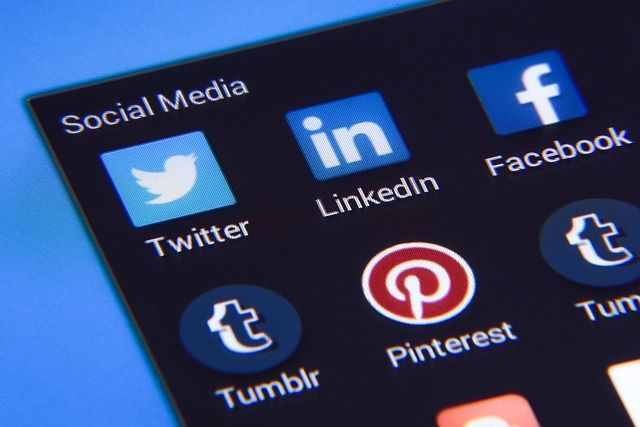
As of 2023, LinkedIn has over 950 million registered members worldwide, making it the largest professional networking platform. It is available in 24 languages and used across more than 200 countries. LinkedIn primarily attracts users aged 25 to 34, followed by those in the 35 to 44 range. The platform's user base slightly leans male, but female professionals are also strongly represented. Most users have a university degree, reflecting LinkedIn's focus on career growth and professional networking. Users spend an average of 6 minutes per day on the platform, engaging with job opportunities, networking, and industry news.
For your profile picture, LinkedIn recommends a resolution of 400 x 400 pixels with an aspect ratio of 1:1. The maximum file size is 8MB, and it should be in JPG or PNG format. This image will be cropped into a circle on your profile. Your personal profile cover photo should be 1584 x 396 pixels, with the same 8MB file size limit, but ensure it looks good across both desktop and mobile views as cropping may differ.
On company pages, the company logo should be 300 x 300 pixels, but LinkedIn accepts a minimum size of 268 x 268 pixels. The page cover image should be 1128 x 191 pixels, with an aspect ratio of 5.91:1. Other images for the Life Tab section include the main image, which should be 1128 x 376 pixels, and custom modules that should be 502 x 282 pixels. For company photos, use 900 x 600 pixels with a 3:2 aspect ratio.
For shared updates and articles, LinkedIn recommends a resolution of 1200 x 627 pixels with an aspect ratio of 1.91:1. These images are often pulled from Open Graph tags on the source website, allowing you to customize them.
For LinkedIn post images, square posts should be 1080 x 1080 pixels, portrait posts should be 1920 x 1080 pixels, and landscape posts should be 1200 x 627 pixels.
LinkedIn ads require specific image sizes as well. For example, company logos for ads should be 100 x 100 pixels. Spotlight ads use custom background images sized at 300 x 250 pixels, while sponsored content images should be 1200 x 627 pixels. Carousel images should be 1080 x 1080 pixels.
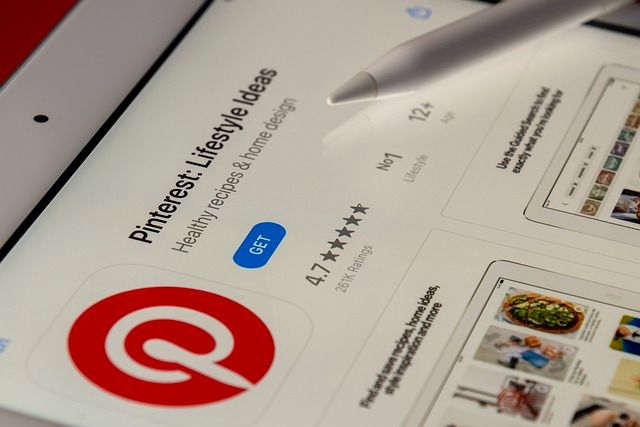
Pinterest, with over 450 million monthly active users as of 2023, is a major platform for visual discovery and inspiration, especially among women, who make up about 71% of its user base. The majority of Pinterest users are between the ages of 25 and 44, with a powerful presence in the 18-24 and 45-54 age groups as well. While users spend an average of 14 minutes per day on the platform, Pinterest's influence extends beyond simple browsing—over 70% of users use the platform to find inspiration for future purchases, making it a key tool for businesses in industries like home decor, fashion, and food.
When creating standard pins, the recommended size is 1000 x 1500 pixels, with a 2:3 aspect ratio. This ensures your pins are displayed clearly and are optimized for user engagement. For square pins, a size of 1000 x 1000 pixels (1:1 aspect ratio) works well, particularly when sharing content from other platforms like Instagram.
For long pins, such as infographics, aim for a size of 1000 x 2100 pixels with a 1:2.1 aspect ratio. This prevents the pin from being cut off in users' feeds. Idea Pins and Story Pins should be created at 1080 x 1920 pixels (9:16 aspect ratio) to fit the vertical, full-screen format. These pins can include images or videos, with maximum file sizes of 20MB for images and 100MB for videos.
Video pins follow the same dimensions as static pins, but for full-screen videos, the recommended size is 1080 x 1920 pixels with a 9:16 aspect ratio. Videos should be between 15 seconds and 1 minute long, with video ads ideally lasting 6-15 seconds. Since most users watch videos with the sound off, adding captions is highly recommended.
For your board cover photos, 600 x 600 pixels (1:1 aspect ratio) is the best size to ensure clear, well-proportioned images that represent your boards effectively.
YouTube
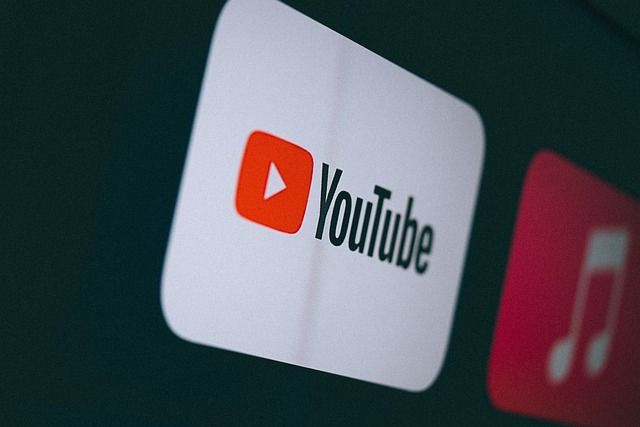
YouTube remains a powerhouse platform, with over 30 million daily active users and 73% of U.S. adults regularly using it. The platform's reach is immense, with more than 500 hours of content uploaded every minute. Most views—over 70%—happen on mobile devices, which means optimizing both your video and image content for mobile is essential to keep your audience engaged.
For your YouTube channel art (banner), the recommended size is 2560 x 1440 pixels, with a safe area for text and logos within 1546 x 423 pixels to ensure your key elements are visible across all devices. The banner should maintain a 16:9 aspect ratio and be under 6MB for optimal loading.
Your YouTube channel icon (profile picture) should be 800 x 800 pixels, though it will display as 98 x 98 pixels in either a square or round format. JPG, PNG, GIF, or BMP files are supported for this purpose.
When creating YouTube video thumbnails, aim for a size of 1280 x 720 pixels with a minimum width of 640 pixels. These thumbnails should have a 16:9 aspect ratio and be kept under 2MB for faster load times. Custom thumbnails are key to boosting engagement, as they help build your brand and increase click-through rates.
For YouTube video dimensions, various resolutions are supported depending on the quality of the content. The best resolution is 3840 x 2160 pixels for 4K videos, but YouTube also supports resolutions like 2560 x 1440 pixels for 1440p, 1920 x 1080 pixels for full HD, and 1280 x 720 pixels for HD. The aspect ratio remains 16:9 across all resolutions, and video files can be as large as 128GB with a maximum length of 12 hours.
To ensure your YouTube channel looks professional and engages viewers, maintaining consistent branding across your channel art, thumbnails, and videos is important. Also, keeping important design elements within the safe areas of your channel art ensures nothing important is cropped out on different devices. Custom thumbnails and mobile optimization are essential for attracting clicks and growing your audience, especially given YouTube's heavy mobile traffic.
Google My Business
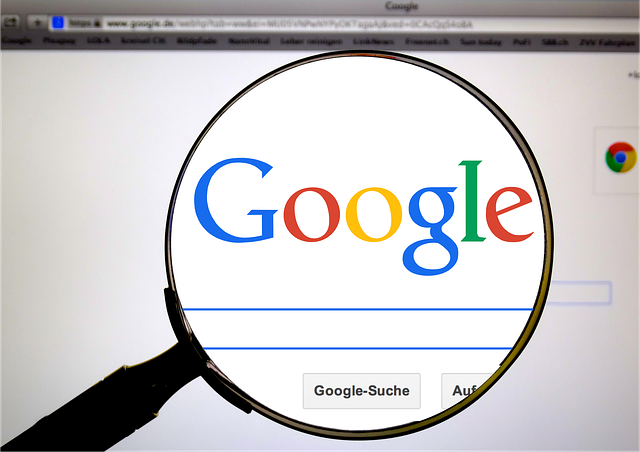
Google My Business, now known as Google Business Profile, is an essential platform for businesses to manage their online presence and boost local SEO. With millions of businesses listed worldwide, it helps local businesses connect with customers searching for services nearby. Over 59% of local businesses use Google My Business, making it a key tool for increasing visibility and customer engagement. Businesses that include images on their profile see particularly more views and engagement, with posts featuring images viewed by 94% more people compared to those without.
For your default images, the recommended size is 720 x 540 pixels or 1200 x 900 pixels with a 4:3 aspect ratio. This ensures that your images display optimally across both desktop and mobile devices. The minimum size allowed is 480 x 270 pixels, while the maximum is 2120 x 1192 pixels, so it's important to stick within this range to avoid image quality issues.
When adding a profile photo (such as your business logo), a size of 250 x 250 pixels is recommended to ensure your logo appears clear and professional. If applicable, use a transparent background to keep your logo looking sharp. For cover photos, aim for a size of 1080 x 608 pixels, though a 4:3 aspect ratio (similar to other images) is often preferred for consistency across the platform.
To make sure your business photos look professional, follow the same 720 x 540 pixel or 1200 x 900 pixel size recommendations with a 4:3 aspect ratio. Using high-resolution images is critical to ensuring your business appears professional, and be careful to avoid using images that may get cropped, especially if they include important text or details.
Adhering to these image size guidelines helps you maintain a polished and engaging Google Business Profile, increasing the likelihood that customers will find and interact with your business through local searches.